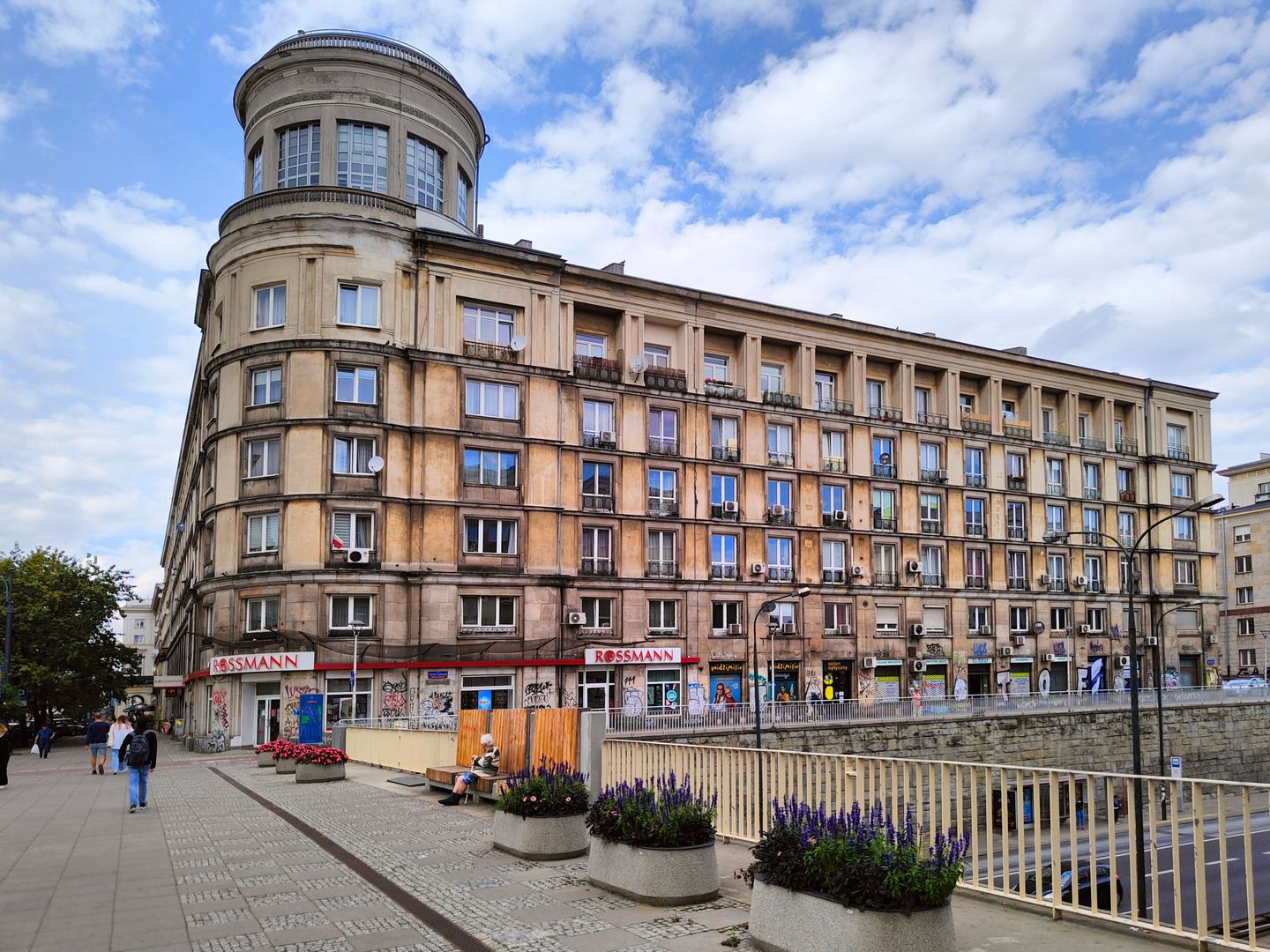Kite
6.66

Overview
The Latawiec Housing Estate in Warsaw, built between 1953 and 1957 on land destroyed during World War II, is part of the Marszałkowska Residential District (MDM) and is characterized by its unique pentagonal shape, resembling a kite. The architectural design, created by Eleonora Sekrecka, was inspired by French Renaissance architecture, particularly the Place des Vosges in Paris, and aimed to reconstruct the Stanisławowska Axis. The estate covers an area of approximately 18 hectares and combines urban elements with local green spaces, such as Ujazdowski Park and Łazienki Park. The development features seven-story buildings with modern solutions, including spacious apartments with wooden floors designed to meet residents' needs. However, Latawiec had an elitist character, primarily intended for distinguished individuals and members of the ruling party. Despite its prestige, the estate was criticized for its lack of first-class architectural details and its references to socialist realism, which led to Sekrecka not receiving further commissions. The estate draws on Renaissance architectural styles, which in turn resulted in negative evaluations from socialist realist critics, although contemporary assessments by architects highlight its urban grandeur and interesting solutions. Latawiec has been included in the list of modern cultural assets of Warsaw and is registered as a historical monument, confirming its historical and architectural significance. The estate includes educational institutions, financial service facilities, and cultural venues such as a kindergarten, schools, and the "Luna" cinema. Historical curiosities associated with the estate include the presence of air-raid shelters in the buildings and commemorations such as a boulder bearing the name of Józef Piłsudski and a plaque honoring military aviation pilot Stanisław Skalski. It is also worth noting that scenes for films and TV series were filmed on the estate, highlighting its presence in Polish cinematic culture. The Latawiec Housing Estate is not only a significant element of Warsaw's architecture but also of the city's history, representing its development and complex urban identity.
Location
Tickets
Powered by GetYourGuide
2025 Wizytor | All Rights Reserved